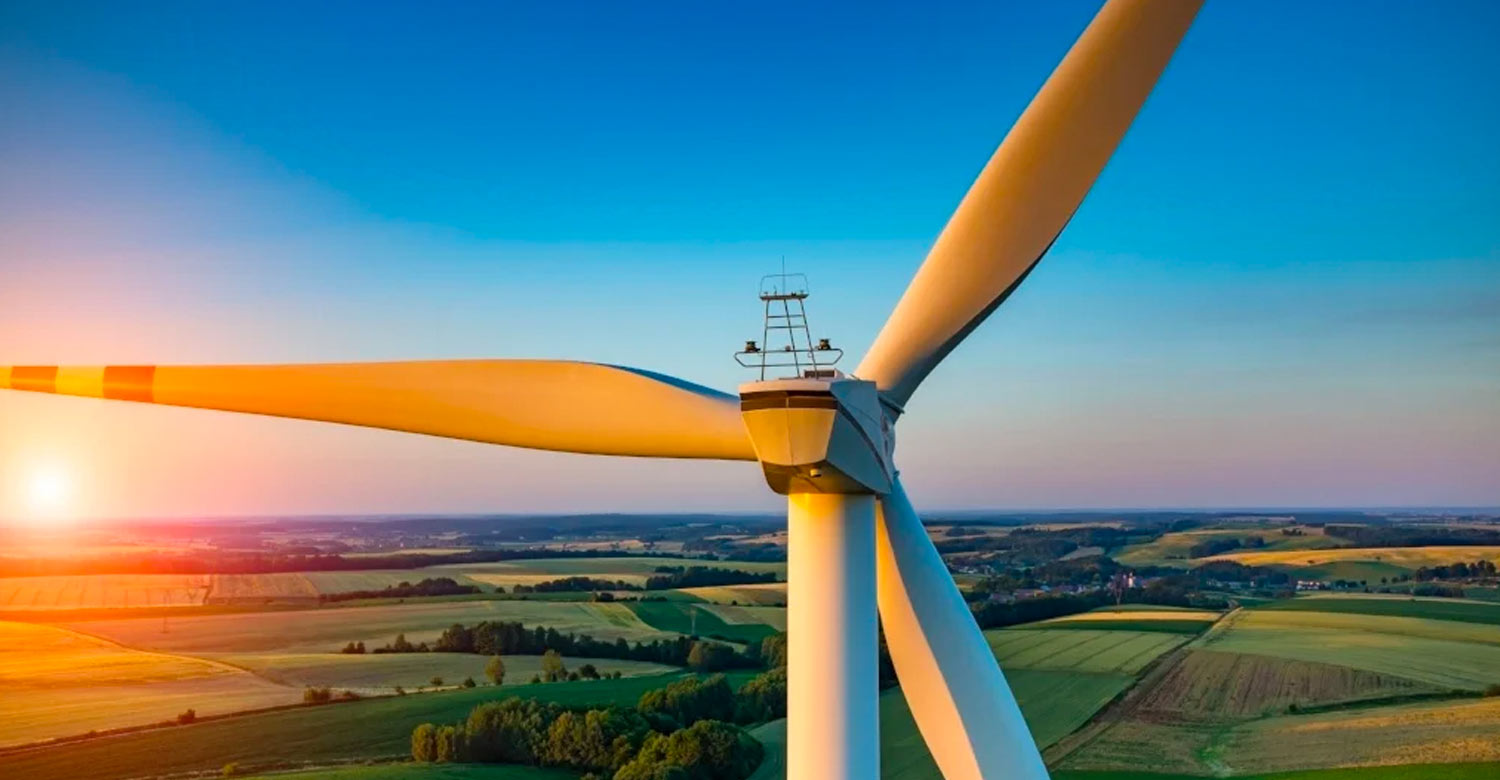In wind turbines, devices with an apparently simple configuration, there are several critical elements, those in which a breakdown can lead to a prolonged shutdown of production and that result in costly repairs. Among them, the element that presents the greatest risk is the multiplier, the part responsible for transforming the low revolutions per minute transmitted by the hub into high revolutions per minute, which is what the generator needs to produce energy.
The condition monitoring systems represent an excellent option for anticipating serious breakdowns in the gearboxes, but as this element has several stages, there are other different failures modes that can occur and not all condition monitoring technologies are as trustworthy when it comes to detecting them.
Therefore, there is no single system that fully addresses all failure modes that can occur in a multiplier: the implementation of several technologies that complement each other to detect different types of failures is the best way to achieve a global vision of the condition of the machine.
1. Measurement of vibrations for the high-speed rotation stage
All machines with a mechanical process vibrate, and those vibrations provide valuable information as to the condition of the operation. The vibration system measures these frequencies through sensors in order to detect and send out alerts for those frequencies that are outside of the machine’s normal operation values.
The vibration measurement system is a widespread maintenance technology used in industries that have machines with rotary movement, such as the wind industry, where this technology is used to detect problems such as the misalignment of shafts and cracks in bearings or in the teeth, among other possible failure modes.
In this sector, measuring vibrations is particularly useful in the multiplier’s high-speed rotation stage, the phase in which it is easier to detect the origin of a problem, while in the low-speed rotation stage it is difficult to obtain signals that indicate a failure is occurring.
To obtain useful measurements through this system, we need to have in-depth knowledge of the machinery’s elements that is being analysed, such as the number of teeth the pinion has, or the machine’s revolutions per minute. Frequently, in order to identify the source of a failure, an expert is called in who analyses the data in detail and offers an advanced diagnosis.
During the planetary stage of the multiplier (a complex mechanical system), it is uncommon to have detailed knowledge of all the elements that it is composed of. Additionally, it is difficult to identify the exact point at which a problem is being generated, as there are several other factors that enter into the equation, such as the large number of contacts, generated by an even larger number of teeth and faces that emit a large number of signals, whose origin can be difficult to make out.
The limitations of this technology justify the implementation of other solutions that provide complementary information of vital importance in order to anticipate potential failures in wind turbines.
2. Oil monitoring for the low speed planetary stage
There are some failure modes in which the vibration monitoring system provides information early on, but for others of equal significance, greater difficulties arise.
This is the case of problems like micro pitting, corrosion or failures in the low speed planetary stages, in which condition monitoring solutions for the lubricating oil provide earlier visibility.
Counting the particles suspended in the lubricating oil may be the unequivocal sign of the existence of an incipient failure in the machinery and can lead to the identification of its form and nature, indicating the origin of said problem.
Thus, the particles indicate potential external contamination, while slippage problems are associated with poor, low-quality lubrication, and problems due to fatigue tend to be accompanied by the presence of flat particles.




